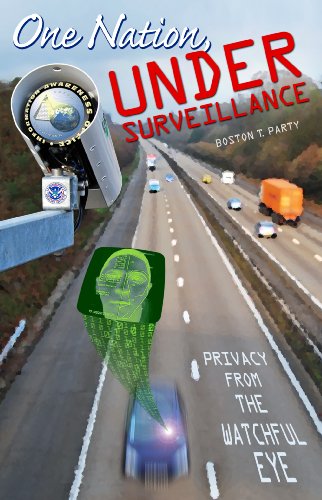Satellites do many awesome things: they allow us to communicate with friends and family, they help us find our way home when we’re lost, and of course, they bring us television – delicious television. But there are a few downsides to those hunks of metal and circuitry floating above the surface of the earth, and for drivers in Britain, one of those downsides is now speed traps. (Those of you who think traffic cams are the worst thing since Crystal Pepsi might want to jump to the next article.)
 One Nation, Under Surv...
Best Price: $3.80
(as of 06:20 UTC - Details)
One Nation, Under Surv...
Best Price: $3.80
(as of 06:20 UTC - Details)
In London and Cornwall, a pilot program has just been launched that combines all the fun of terrestrial speed cameras with the creepy omniscience of GPS. In a nutshell, the program – called "SpeedSpike" – uses positioning satellites to track motorists as they travel between traffic cameras. By calculating the time it takes a driver to move from one point to the other, SpeedSpike can determine whether or not the motorist has been speeding. When the car reaches the second camera, calculations are made, and if they’re out of line – blammo! – a photo is taken of the license plate, and a ticket is mailed to the owner.
Obviously, this is terrible news for leadfooters. Garden-variety traffic cameras are confined to a particular area: if you’re not driving by one, it can’t give you a ticket. But SpeedSpike allows the camera system to expand exponentially, with far less on-the-ground hardware. As long as you drive past two cameras, your speed can be measured and you can potentially receive a citation. Taken to its logical extreme, the British government could roll out enough camera checkpoints to cover the entire nation.
July 21, 2010





